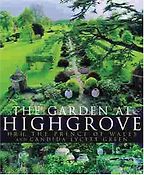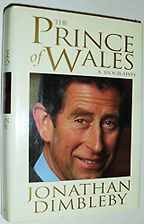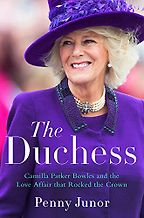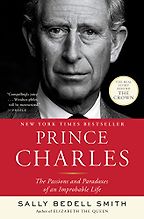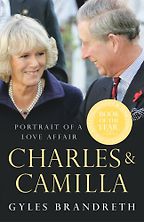King Charles III
Last updated: November 14, 2022
Charles III, King of Great Britain and Northern Ireland, has enjoyed a longer apprenticeship, not just than any monarch, but anyone else on Earth in gainful employment. He became heir to the throne at the age of 3 in 1952 when his mother, the late Queen Elizabeth II, acceded to the throne. He became king in September 2022, 70 years later.
As Prince of Wales, Charles has long championed the cause of environmental sustainability, as well as setting up The Prince’s Trust, which supports young people in community projects and business endeavours.
In the media, he has featured most often for his love life: his fairy tale wedding to Diana, their disastrous marriage, and his love for Camilla Parker Bowles, a woman married to another man. After Diana's death, it was down to him to bring up his two sons, William and Harry.
As king, he will have to spend more time fulfilling the official and ceremonial functions of monarchy. Much of this will be a question of following his mother’s example, including keeping his views on anything political to himself. That may be the biggest challenge he faces, as he enjoys speaking his mind. In 1984, he famously denounced modern architecture, calling a proposed extension to London's National Gallery a "monstrous carbuncle on the face of a much loved and elegant friend." However, as king, any mild comment touching on a political issue could trigger a constitutional crisis.
Come what may, Charles III will have to find his own style, one that his subjects can accept and admire or, in the case of British republicans, at least put up with.
The Garden at Highgrove
by Candida Lycett Green & HRH Prince Charles
King Charles III bought Highgrove House in Gloucestershire, England, in 1981, the year he married Diana. He has spent the succeeding four decades beautifying the house and gardens, particularly the gardens. In this book, he looks at the various gardens he has created around the house, where the inspiration for them came, the ecology underpinning it all, and who helped him deliver each project.
Prince of Wales: A Biography
by Jonathan Dimbleby
Dimbleby was given unparalleled access to the then Prince Charles in writing this book. He covers Charles’ preparation for kingship, which are highly relevant now. And, given that this was written in the mid-1990s, his relationships with Diana and Camilla, which now seem of far less constitutional moment. It’s readable, with plenty of detail and of direct relevance to what Charles, as King, may set out to achieve in his reign.
The Duchess: Camilla Parker Bowles and the Love Affair That Rocked the Crown
by Penny Junor
This is a semi-authorised biography of Prince Charles' queen, published a few years before his succession. Camilla's family background is explored and then how Charles and Camilla met and their on-off relationship in the 1970s along with the resumption of their friendship when Charles' marriage imploded in the 1980s. Camilla has been much reviled, but this books convincingly suggests that all of that was completely unfair. She comes across as a fun, loyal, intelligent and generous woman.
Prince Charles: The Passions and Paradoxes of an Improbable Life
by Sally Bedell Smith
American journalist chronicles the life of Charles III before he became king on September 8th, 2022, aged 73.
Charles and Camilla Portrait of A Love Affair
by Gyles Brandreth
This book paints an affectionate portrait of Prince Charles and Camilla and their relationship. Camilla suffered years of abuse after the whole saga of Diana’s misery was exposed. But, as Brandreth illustrates, she’s good company, good for Prince Charles and always has been. This is the happy (if not fairy-tale) ending of the story.
